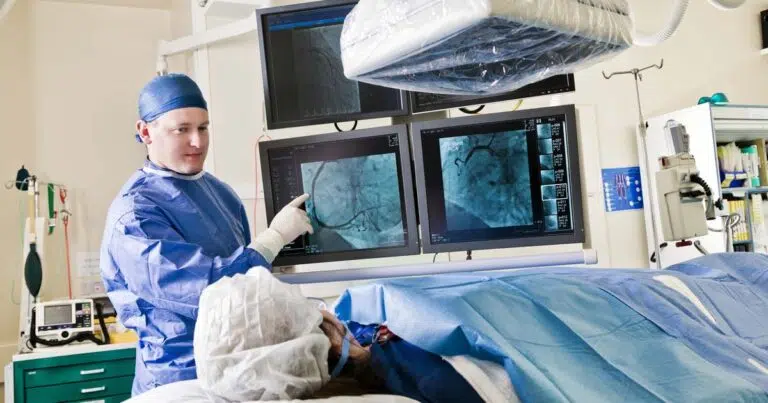Perfusionist Career Guide
Looking for a different career guide?
Overview
A Perfusionist is a highly specialized healthcare professional who plays a critical role in the operating room during cardiac and other surgical procedures. Perfusionists are responsible for operating the heart-lung machine, a device that temporarily takes over the functions of the heart and lungs during open-heart surgeries and other complex procedures. Their primary objective is to maintain the
Education
Perfusionists typically hold a bachelor’s degree in a field such as chemistry, biology or health sciences. Most allied health professionals satisfy this requirement with a Bachelor of Science in Nursing (BSN) or Master's degree. To become a Perfusionist, you need to complete a specialized educational program in Perfusion Technology. Clinical rotations in perfusion labs and operating rooms are
Qualifications

Skills
Perfusionists need a diverse set of skills to excel in their role. They must have a strong understanding of cardiovascular anatomy and physiology, as well as the principles of perfusion technology and cardiopulmonary bypass. Technical proficiency in operating the heart-lung machine and analyzing blood gas levels is crucial for providing optimal support during surgical procedures. Effective communication and teamwork skills
Responsibilities
The primary responsibility of a Perfusionist is to operate and monitor the heart-lung machine during surgical procedures, ensuring the patient's circulation and oxygenation remain stable and within normal parameters. Perfusionists also measure and analyze blood gas levels to assess the patient's physiological status, providing timely interventions when necessary. They work closely with the surgical team to coordinate care and ensure
Salary Insights
The average salary for a Perfusionist is $5,483.74 per week.
Last updated on April 24, 2024. Based on active jobs on Vivian.com.
Pros & Cons
Pros of being a Perfusionist include the opportunity to work in a highly specialized and in-demand healthcare field, the chance to play a crucial role in life-saving surgical procedures and the satisfaction of contributing to positive patient outcomes. This specialty offers potential for professional growth and advancement, as Perfusionists can pursue advanced certifications and gain expertise in various surgical procedures.
However,
Some of the content on this page was enhanced using artificial intelligence.
Join over 1 million healthcare workers that are getting a head start with Vivian.
Join Vivian





